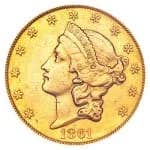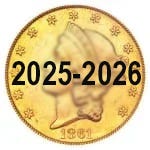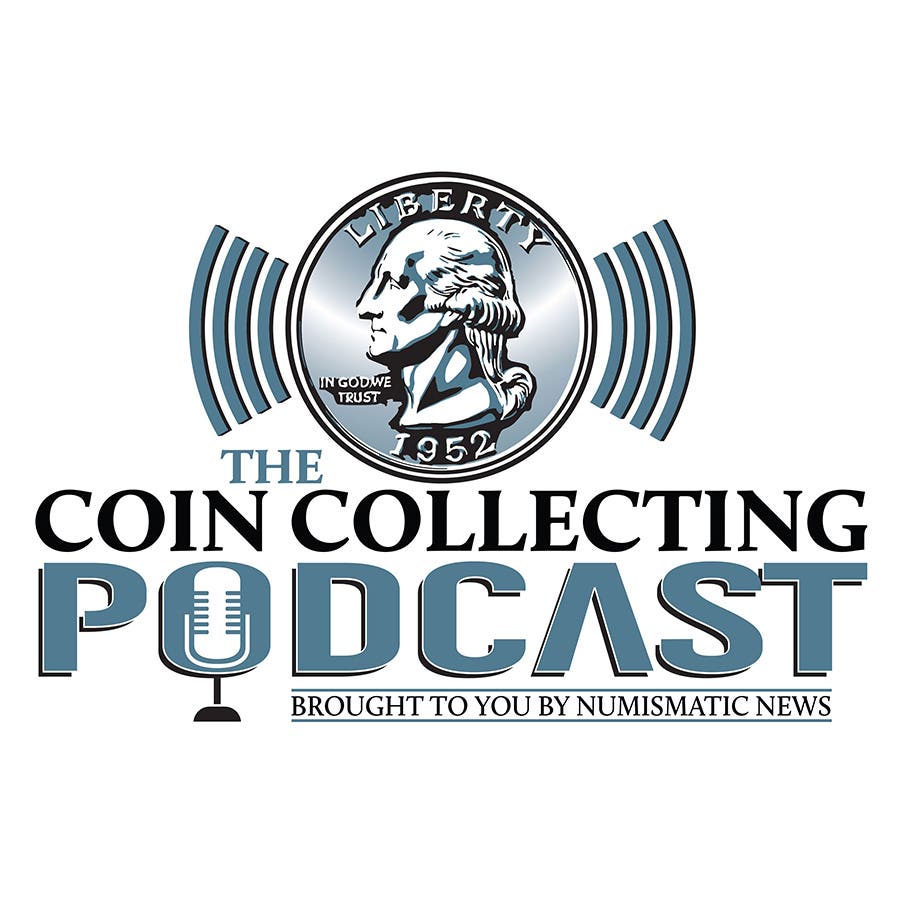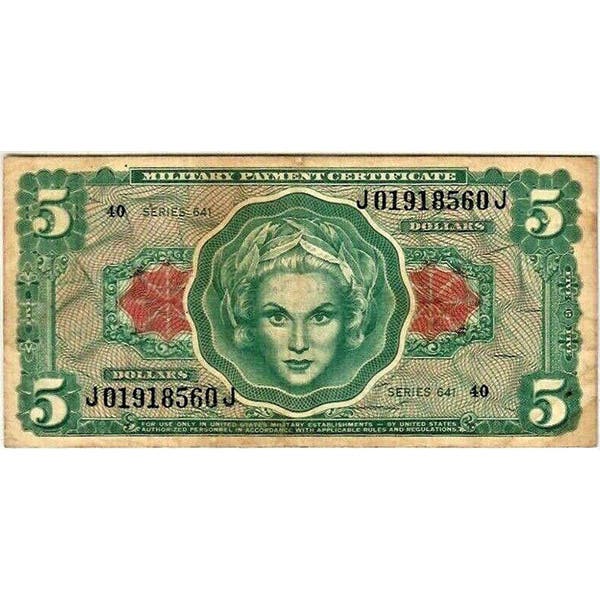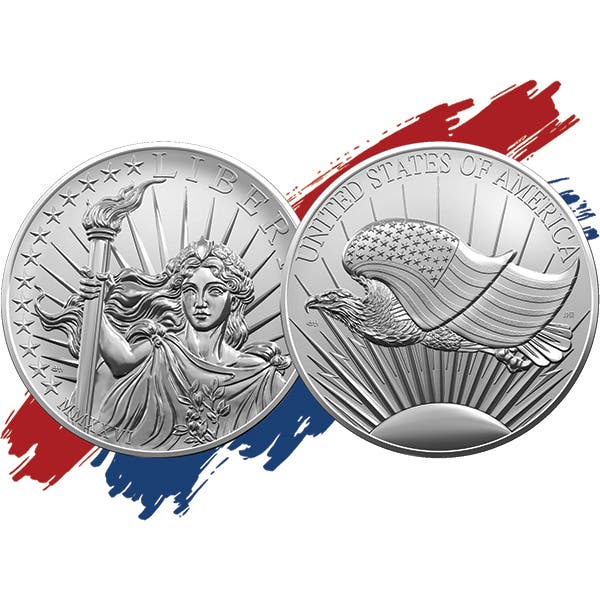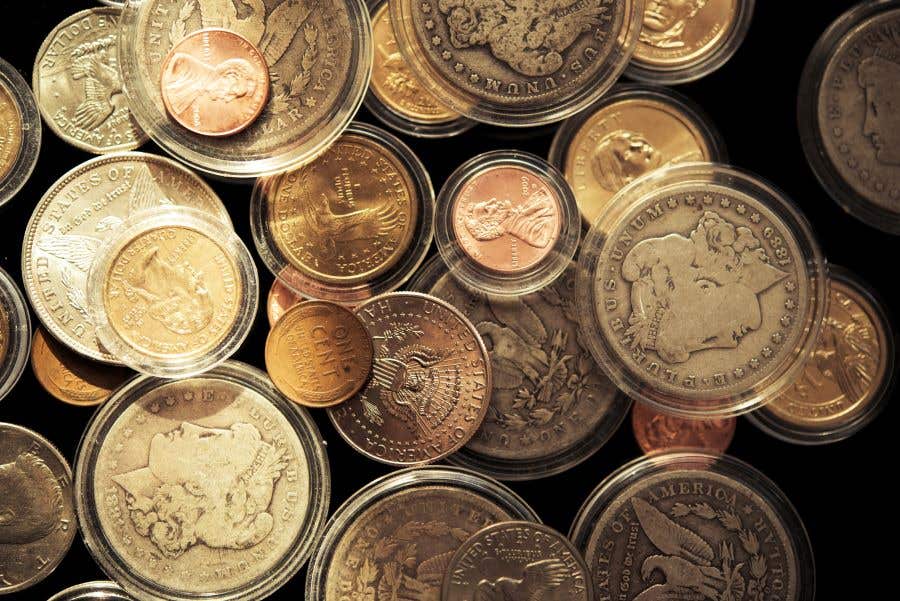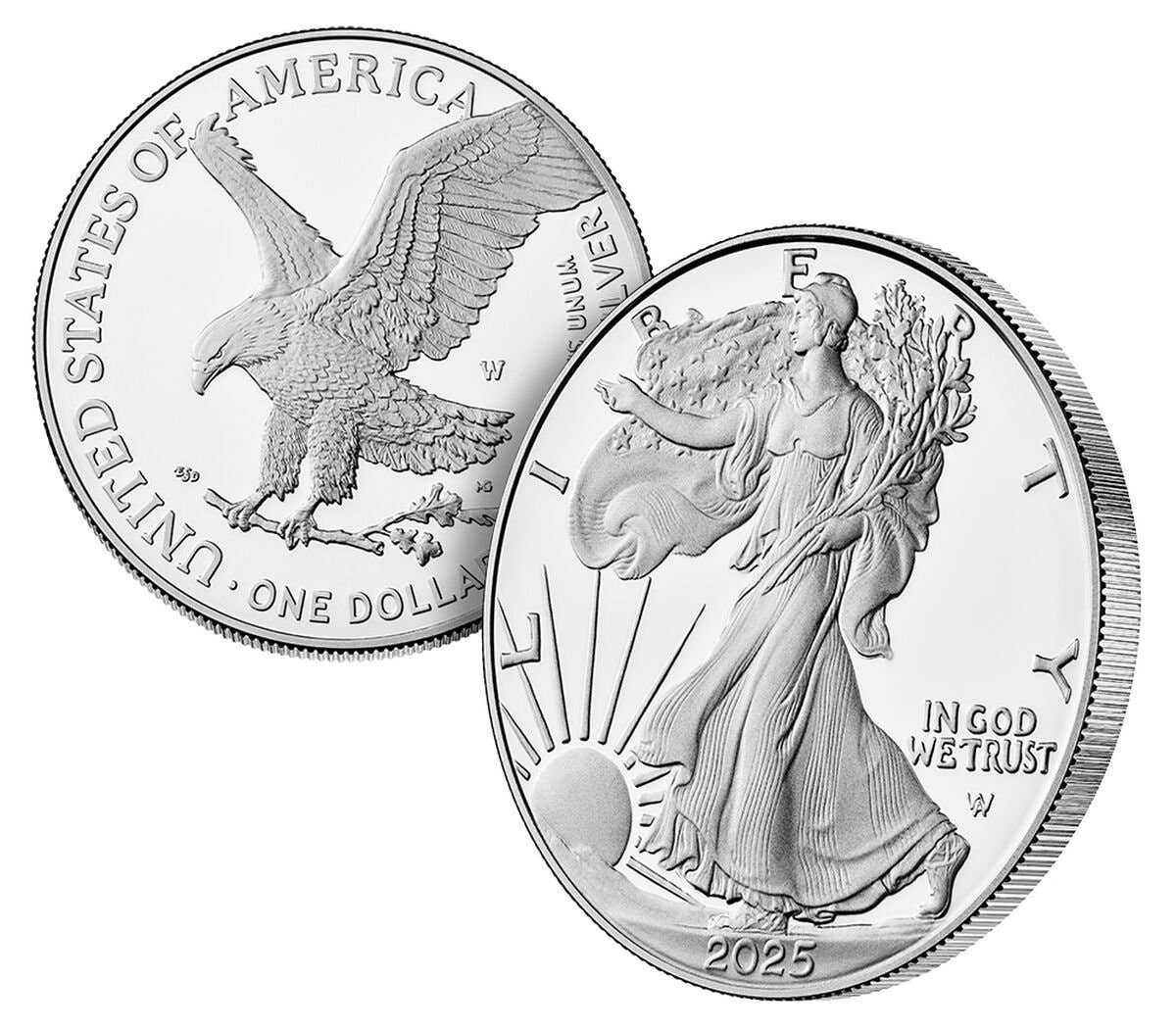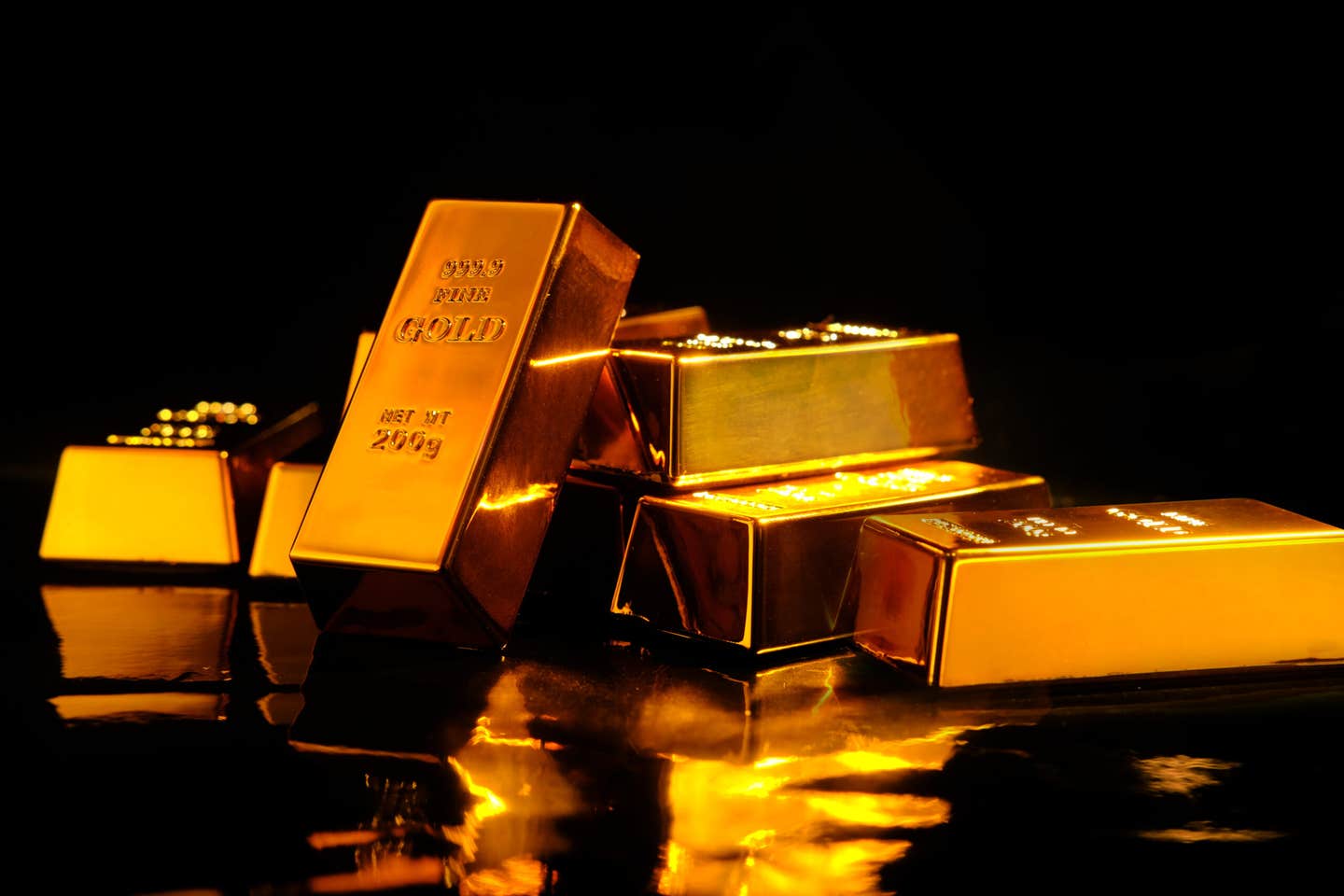Starck Reality: Pricing 1900s Mexican Coins
NumisMaster has updated pricing for key Mexican coins of the 1900s, with notable changes to scarce silver centavos and Revolution-era issues.
NumisMaster has recently updated pricing for most Mexican coins of the 1900s. Our valuing analyst reviewed sales in-country and online to provide updates for most coins.
The valuing analyst made significant changes to the silver 10- and 20-centavo coins, which were issued intermittently from 1898–1905 (classified as KM-404.1 and KM-405.1, respectively). He wrote: “I pull[ed] the prices as high as possible (although this directly affects my own collection, because I myself have not found them all yet), but I still have to start from real existing prices, therefore … as for me, they still have a lot to grow in price.”
These coins are apparently much rarer than their prices have indicated for some time. Their scarcity also makes pricing a challenge, as they might experience fierce bidding if they were to appear on the market. The analyst suggests further monitoring to see what these realize when and if they appear on the market in any meaningful quantity.
He also noted that the 500-peso coin from 1992, designated as KM-529, appears to be found only in official sets.
“No one has exact information, but many, including me, tried to look for it in circulation and did not find it,” he said. “Where the rest of the mintage went is unclear.”
We welcome any commentary from database users to confirm or deny this comment, as changes to the database beyond pricing require a strict confirmation process.
Pricing for coins of the Mexican Revolution has also been updated, based on sales from Briggs and Bustos, as well as another native sales platform in Mexico. “Where new auction prices fit into the previously existing price range, I left other prices as before,” the analyst said. “And where they were much higher than those that existed before, I had to put zeros or raise prices for the remaining grades.”
Prices for the silver pesos of 1898–1909 were not changed because they did not appear on the market. “Previously (7-10 years ago) they were in all the shops that were buying precious metals, in large quantities and at prices not much higher than the bullion price,” he wrote. “Yes, there were also some rare varieties, but most types were sold freely, … for some reason there aren’t very many of them at auctions or on the Internet.”
Now that the overall prices have been updated, it will be up to me to review the prices that the analyst did not address. I welcome your thoughts about these areas and all other pricing matters.
Jeff Starck can be reached at jstarck@aimmedia.com
You may also like:
Jeff Starck is the Market Analyst for Numismaster.com and is a lifelong collector and writer. His appreciation for and interest in world coins and writing allows him to share the hobby with others.

